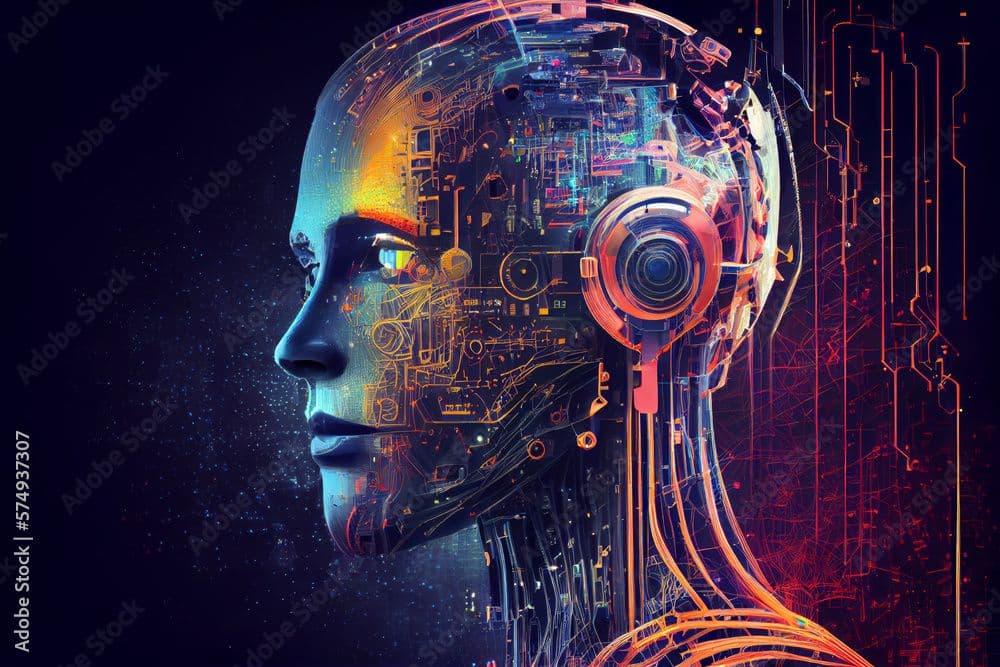Natural Language Processing

Natural Language Processing (NLP): How AI Understands Language
Natural Language Processing (NLP) is a branch of artificial intelligence (AI) that focuses on enabling machines to understand, interpret, and generate human language. It lies at the intersection of computer science, linguistics, and machine learning, allowing computers to process and analyze vast amounts of natural language data. NLP has become a transformative technology across various industries, powering systems that can engage in human-like conversations, translate languages, provide personalized recommendations, and much more. As AI continues to evolve, the development of NLP has allowed machines to handle increasingly complex language tasks, bringing us closer to more seamless human-computer interaction. By leveraging NLP, AI can process the nuances and intricacies of human language, making it a fundamental technology for applications like chatbots, voice assistants, sentiment analysis, and even content generation.
At the heart of NLP lies machine learning, which enables systems to learn from language data and improve their understanding over time. Initially, NLP systems relied on rule-based approaches, where human-designed algorithms were used to process language. However, with the advent of machine learning, particularly deep learning, NLP models now use vast datasets to learn patterns, context, and relationships in language. This allows machines to not only understand individual words but also the meaning behind phrases and sentences. One popular model in NLP is the Transformer, which has revolutionized language understanding through its attention mechanism. Transformers, like GPT (Generative Pre-trained Transformer), enable machines to process long sequences of text and generate coherent and contextually relevant responses, making them ideal for tasks such as language translation, text summarization, and conversational AI.
One of the most widespread applications of NLP is in chatbots and virtual assistants like Siri, Alexa, and Google Assistant. These AI-powered tools use NLP to understand spoken language and respond in a way that mimics human conversation. NLP enables these systems to parse commands, answer questions, and even hold complex conversations with users. By recognizing speech patterns, context, and intent, virtual assistants can provide information, perform tasks, and interact with users in a natural and intuitive way. Beyond simple commands, advancements in NLP have allowed these systems to understand nuances like sarcasm, emotions, and varying tones, making human-computer interaction more fluid and effective. As these systems become increasingly sophisticated, they are expected to play an even larger role in industries ranging from customer service to healthcare and education.
Another impactful area of NLP is sentiment analysis, where AI systems analyze written or spoken content to determine the sentiment behind it, whether positive, negative, or neutral. This application is widely used in marketing, customer feedback, and social media monitoring, where businesses analyze consumer sentiment to understand public opinion and improve their products or services. NLP allows companies to automatically analyze thousands of customer reviews, social media posts, or feedback surveys, helping them make data-driven decisions. In addition to business applications, sentiment analysis can also be used in political analysis, brand management, and even mental health monitoring, where AI can detect emotional shifts in text, helping identify individuals at risk. As sentiment analysis continues to advance, its accuracy and usefulness will grow, allowing for deeper insights into human behavior.
In conclusion, Natural Language Processing (NLP) is a powerful AI technology that enables machines to understand, interpret, and generate human language. Through advancements in machine learning and deep learning, NLP has unlocked a wide range of applications, from virtual assistants and chatbots to sentiment analysis and language translation. As NLP continues to improve, it will play an even more significant role in enhancing communication between humans and machines, making interactions smoother, more intuitive, and more meaningful. The potential for NLP is vast, offering a future where AI can seamlessly understand and respond to human language, transforming the way we communicate with technology.
,